Raspberry mahogany: all about growing
Raspberries - one of the most popular berry bushes in Russian summer cottages. Along with traditional varieties, new products appear every year that promise gardeners rich yields: early maturing or, on the contrary, remontant species and even raspberry trees. Let's figure out what is behind this name.
Content:
- Raspberry mahogany - what is it?
- Growing conditions
- Reproduction and planting
- Care: molding, watering, feeding
- Diseases and pests
Raspberry mahogany - what is it?
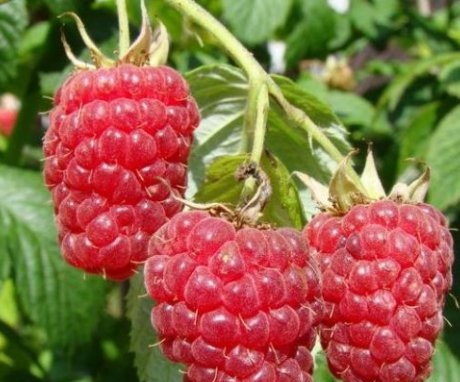
Since the beginning of the 2000s, sellers of planting material have been offering to purchase the so-called raspberry mahogany. Such a "nickname" can be considered a marketing ploy by traders to increase the demand for seedlings. In fact, these are varieties of ordinary red raspberriesthat can be grown in standard form.
A feature of the standard raspberry or raspberry tree is that it practically does not need an artificial support due to the stiffer shoots compared to conventional varieties.
The first standard variety in Russia is considered to be the large-fruited Tarusa raspberry bred by Professor V. Kichina from the Institute of Horticulture (Moscow).
Subsequent varieties (Krepysh, Terenty, Skazka) can be considered variations of Tarusa, which do not differ from it in terms of growing conditions and requirements. Now on sale you can also find remontant standard varieties.
Using the Tarusa variety as an example, consider the features of a raspberry tree:
- The bush is not tall (about 1.5 m), during the season it forms 8-10 replacement shoots and root shoots.
- A characteristic feature of the standard form is shortened internodes on annual shoots.
- Fruit branches have several orders of branching, which increases the overall yield.
- The culture is biennial, like the common raspberry.
- The Tarusa variety belongs to large-fruited. The author claims berries weighing up to 12 g. The taste is sweet, with a "raspberry" smell.
- The variety does not differ in early ripening.
In the conditions of the Moscow region, berries are harvested starting from the second decade of July, in the Kuban - from mid-June. The yield can reach 3-4 kg from one bush. Berries are suitable for fresh consumption and processing, well transported.
Another feature of the variety is that during the harvesting period, annual shoots do not yet grow to the level of ripe berries, which greatly facilitates the work of the summer resident. Active growth of shoots occurs in a later period (August and early autumn).
Growing conditions
Consider the recommended growing conditions required by standard raspberry varieties:
- Temperature. Standard varieties are moderately winter-hardy and can withstand frosts down to -30 ° C. In regions with more severe conditions, it is recommended to bend them down for the winter and even cover them with additional earth. In the conditions of the Moscow region, specimens covered under snow show a higher yield compared to ordinary specimens of the same variety. Summer heat in the middle lane is enough for standard raspberries for a full return of the crop. In more northern regions, late-ripening varieties may not have time to ripen. In the southern regions, raspberries will also not give maximum yields due to the extreme heat and dry air.
- Lighting... Standard large-fruited forms require more sun compared to standard varieties of red raspberries. It is important to maintain the individuality of the bush, that is, there should be a distance between individual plants.
- The soil. The most suitable is sandy loam. Acidity 4.5 - 6.5. If fruit trees are already growing on the site, the soil for raspberries is suitable. The culture does not tolerate swampy and saline areas.
- Ground water level. Raspberries do not tolerate their close occurrence - the roots begin to rot. The optimal level is 1.2 - 1.5 m. When lying closer, raspberries are planted on mounds or raised ridges with a height of 30-40 cm.
In general, the growing conditions for standard raspberry varieties do not differ much from the standard ones.
Reproduction and planting
For the purchase of planting material for standard raspberries, you should go to a proven nursery. This makes it less likely to get the wrong grade. Ideally, seedlings from a reputable nursery should not have viral and fungal diseases, pests.
When growing seedlings from seeds, the characteristics of the variety are not preserved, therefore, raspberries can only be propagated independently vegetatively:
- dividing the bush
- root suckers
- root cuttings
Raspberries start growing immediately after the snow melts, so the reproduction procedure should be carried out during the same period (approximately in the middle of spring after the soil has warmed up). When used as planting material annually appearing shoots, the shoots are cut below ground level so that the end of the cutting is 3-4 cm white.Primary rooting is carried out in a greenhouse:
- cuttings are planted at a distance of 10-15 cm in a loose substrate of sand and peat and watered
- the soil temperature is maintained at a level not lower than 20 ° C
- after 2 weeks, roots should form, and new leaves should appear on the shoots
For further development, cuttings are placed in open ground:
- for the first two weeks of planting, cover with lutrasil for gradual adaptation to external conditions
- nitrogen fertilizing is carried out every two weeks (3 in total)
- by the fall, successfully established seedlings grow up to 1.5-2 m.
With the method of propagation by root cuttings, they are taken with a length of 20-25 cm (with a thickness of 1.5-2 mm). The technology is as follows:
- drop the cuttings into the grooves so that about 5 cm remains above ground level
- top covered with loose earth with peat, slightly trampled and watered
- starting from mid-May, fertilizers are applied every 2 weeks (a shovel of manure and 50 g of urea per bucket of water), only 3 dressings, watering along the rows
- watered as needed in dry weather
- per season, the seedling grows up to 1.5-2 m.
In autumn (in September-October, depending on the region), the grown seedling can be assigned to a permanent place. If the planting material was purchased in a nursery where it was grown in greenhouse conditions, spring planting in open ground will destroy the unadapted plant. In this case, raspberries should be planted only after the end of return frosts, in June.
With a row planting, the distance between the rows is made equal to the height of the bush (1.8-2 m), between the bushes in a row - 0.7-1.0 m. Before planting, the soil is pre-fertilized with humus, ash.
Care: molding, watering, feeding
In the period of maximum fruiting, the seedling enters the fourth year after planting. Although at the beginning of the article we said that the standard varieties do not need additional support, the trellis will not hurt to prevent damage to the shoots under the weight of the crop.
An important rule when caring for raspberries: excessive growth and thickening of bushes with shoots should not be allowed.
Especially for standard varieties, space and good aeration are important. Excess root shoots are cut 5-7 cm below ground level while still green in May-June. This allows the plant not to waste energy, but to let them into the formation of the crop.
In the same period, the bush is formed if the variety does not give many replacement shoots: strong shoots 40-50 cm long are cut in half. This procedure stimulates the growth of lateral shoots, which are tied to the trellis and used as replacement shoots.
How to care for a raspberry tree:
- A good effect is given by the introduction of rotted manure into the soil (3-4 buckets per square meter). Fertilized once every two years in the fall with obligatory incorporation into the soil. A "fur coat" made of manure will additionally warm the roots of the plant during wintering. On sandy soils, you can do annual top dressing.
- Artificial watering spend in dry summers. Ideally, the topsoil should always be moist, but without stagnant water. It is important not to overflow the plant and prevent root rot. You need to pay special attention to dry periods at the beginning of the growing season: you cannot do without additional watering. Mandatory and autumn water charging before winter.
- Gardeners prune raspberries in both spring and fall. Spring pruning is recommended when the shoots are hibernating in the snow. In this case, frozen and weakened shoots are removed. When pruning on a bush, remove all fertile shoots and leave 7-8 strong replacement shoots for the new season.
- To obtain a full-fledged harvest in regions with a harsh climate, standard varieties are bent down in the fall so that raspberries winter under natural snow cover. This should be done early, when there are still green leaves on the shoots.
Diseases and pests
The key to healthy plantings is proper care and agricultural technology... Without thickening of plantings, with sufficient lighting and aeration, pests and pathogens simply do not accumulate on plants in such quantities that could cause significant harm.
What can harm raspberries:
- On raspberries, there are fungal diseases affecting shoots: anthracnose, botrytis, didimella, etc. To prevent their occurrence, plantings are treated in spring: in March they are sprayed with a 3% solution bordeaux liquid, in May (before flowering) a weaker 1% solution is used.
- Among the pests, raspberries are affected by the raspberry beetle, the raspberry fly and the raspberry gnat. With their high concentration, you cannot do without the use of chemicals. For the fight, the drug Fufanon is used at a concentration of 0.3% (according to the instructions).
- With viral diseases of raspberries (curly leaves, dwarfism, or vice versa, overgrowth), as well as other fruit and berry crops, no means of control have been invented. The affected plant is destroyed. They also do the same if you suspect late blight (root rot) of raspberries.
In general, caring for a raspberry tree is no different from growing regular varieties. To obtain rich yields, it is necessary to carefully approach the choice of a variety, taking into account the climatic characteristics of the area, to provide the plant with nutrition, lighting and watering... An important component of care is the timely removal of all overgrowth, the use of a trellis to reduce the load on the shoots and shelter for the winter if necessary.
More information can be found in the video:



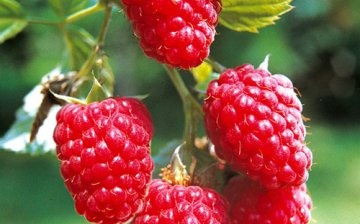
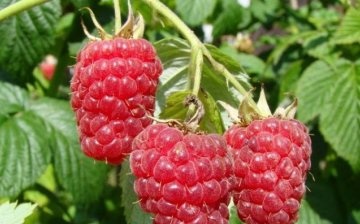


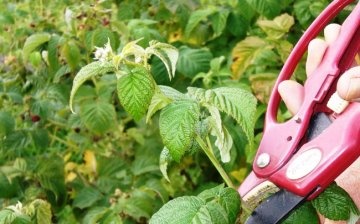
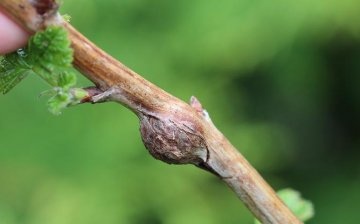







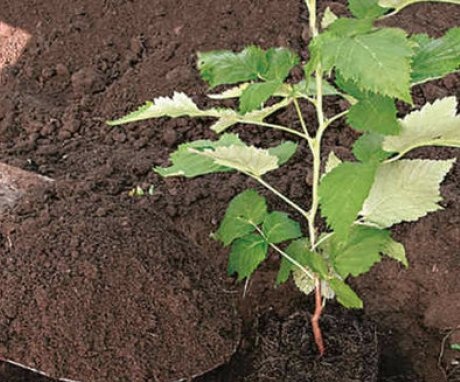
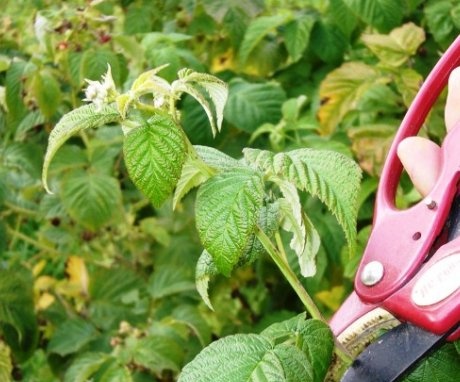
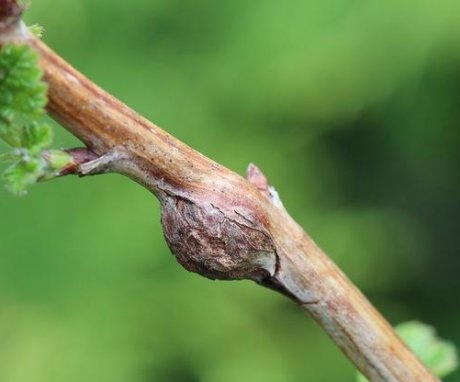
There is usually no problem growing raspberries. In my opinion, it generally grows like a weed. It is enough only to periodically thin out and prune it, and mow the weed. You can just plant along the fence and pick berries for jam.